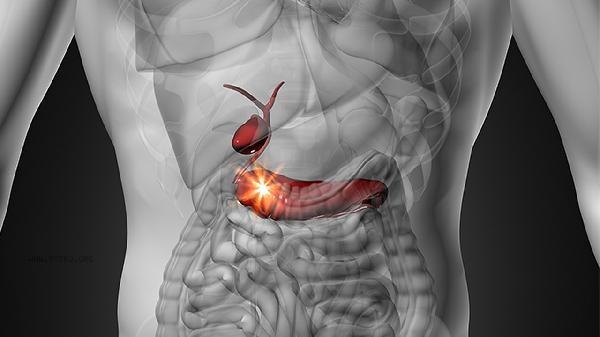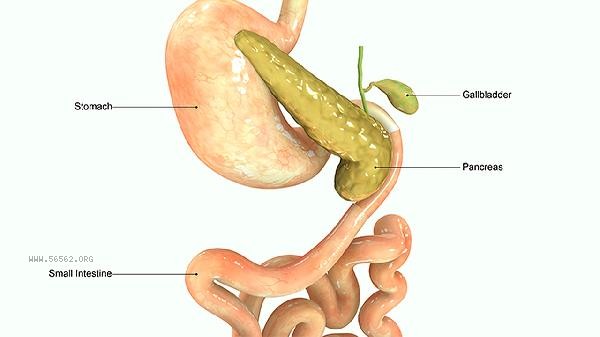Triglycerides and cholesterol each play important roles in lipid metabolism, but cholesterol has a higher predictive value for cardiovascular disease risk. The order of importance of the two is low density lipoprotein cholesterol>high density lipoprotein cholesterol>triglyceride. The main evaluation dimensions include atherosclerosis association, differences in metabolic pathways, and clinical intervention priority.

1. Difference in pathogenesis:
Low density lipoprotein cholesterol can be directly deposited on the vascular wall to form arterial plaque, which is an independent risk factor for atherosclerosis. Triglycerides mainly indirectly promote vascular disease by affecting lipoprotein metabolism, and their pathogenicity requires metabolic abnormalities such as insulin resistance to be significantly manifested.
2. Weight of detection indicators:
Both domestic and international blood lipid management guidelines prioritize low-density lipoprotein cholesterol as the primary control target. The cholesterol index in the clinical laboratory test report includes four sub data items: total cholesterol, low-density lipoprotein, high-density lipoprotein, and very low-density lipoprotein, while triglycerides are only used as a single auxiliary reference index.
3. Intervention threshold setting:

Individualized control standards for cholesterol levels need to be developed based on cardiovascular risk stratification, and high-risk populations require low-density lipoprotein cholesterol<1.8 mmol/L. The normal range of triglycerides is relatively wide,<1.7mmol/L, and emergency lipid-lowering treatment is only needed when it is>5.6mmol/L.
4. Treatment options:
Statins, as the first choice for cholesterol management, can reduce the risk of cardiovascular events by 30%. Although beta drugs can effectively reduce triglycerides, they have not been proved to significantly reduce the incidence of atherosclerosis related endpoint events.
5. Metabolic correlation characteristics:
Cholesterol levels are only affected by diet, accounting for 15% -25%, mainly relying on liver synthesis regulation. Triglycerides are more sensitive to diet, with postprandial levels increasing 5-10 times, but have a shorter half-life of 6-12 hours, and test results are susceptible to recent dietary interference.

It is recommended that individuals undergoing physical examinations pay priority attention to abnormal cholesterol levels, especially those over 40 years old who need to undergo annual testing for low-density lipoprotein cholesterol. Individuals with elevated triglycerides should focus on improving their lifestyle by controlling their intake of refined carbohydrates to less than 150g per day, choosing omega-3 fatty acid foods such as deep-sea fish, and engaging in 150 minutes of moderate intensity aerobic exercise per week. Individuals with combined dyslipidemia should undergo medication intervention under the guidance of a doctor and avoid taking lipid-lowering health products on their own.








Comments (0)
Leave a Comment
No comments yet
Be the first to share your thoughts!